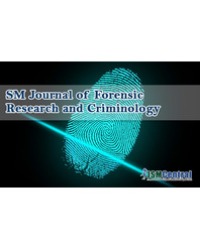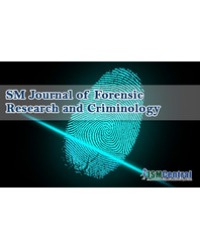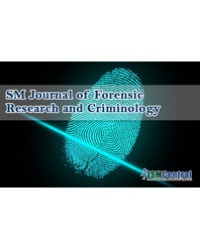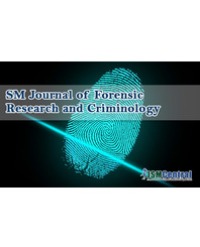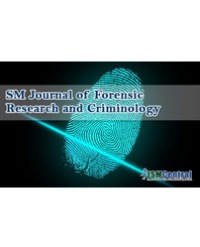
Active Shooter Survivability of Persons with Mental Health Services Training
Background: Eight Medical Reserve Corps’ (MRC) Units from Darke, Shelby, Miami, Champaign, Clark, Preble, Montgomery, and Greene counties in Ohio conducted Mental Health First Aid (MHFA) and Active Shooter (AS) training for MRC volunteers. The purpose of the training was to improve regional Mental Health (MH) emergency response capacity.
Methods: MHFA training was provided by certified trainers. AS training was provided by law enforcement officers. Volunteers were randomly assigned to three conditions: Contact (C) with assailant, Barricade (B), Survive (S) in 3 different orders: Group 1 exposed in CBS order, Group 2 BSC, Group 3 SCB. Survival during the AS scenarios were keyed to responses to a disgruntled person, run-hide-fight, and perimeter safety.
Results: Willingness of volunteers to provide MHFA was not changed by AS training (p=0.679). There was no difference in MH knowledge of (p=0.823) or attitude (p=0.138) among volunteers with previous MH training. Among those without MH training, participation in the AS scenarios increased their ability to provide MH services from awareness to novice level (p=0.019). Volunteers who had prior training in MHFA had higher AS survival rates than those with other MH trainings (86.1% versus 70.3%, p=0.024). Survival from an AS event was higher among volunteers who had prior MH training than those without (89.8% versus 75.5, p=0.004)
Conclusions: When the ‘staged’ AS training introduced realism (guns firing, injured and dead moulage victims, escaping to survive while holding hands up to move past armed police) survival increased compared to others with less direct exposure. There was a dose-linear response in survival rates with ‘early-on realistic exposure’ resulting in greater survival. Realistic and dramatic AS training increased survival and among novice volunteers, ability to provide MH services. Individuals with pastMH trainings did not demonstrate improved MH knowledge, their AS survival increased.
Larry Cleek⁴, Dennis Wein⁶, Jeanne Bowman⁷, Kathy Cavinder⁸, Lou Ann Albers⁸, Suzy Cottingim⁹, Nate Bednar¹⁰, David Gerstner¹¹, and William Burkhart¹²

